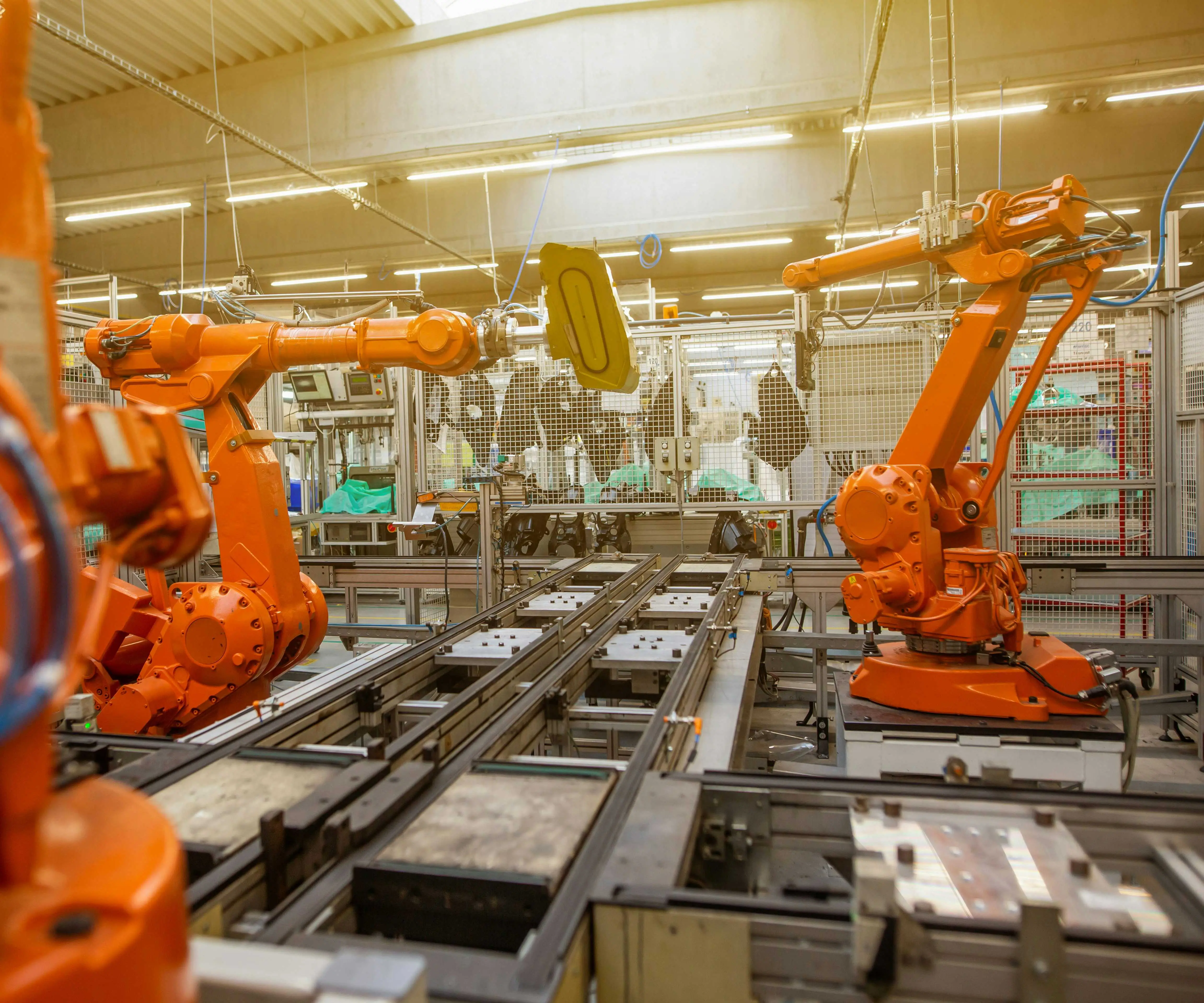Imagine having the power to make machines move with pinpoint accuracy—whether you're tuning a robot arm, crafting an automated camera slider, or designing a custom remote-controlled vehicle. At the core of these exciting innovations lies a fascinating interaction between two essential electronic components: the servo motor and the potentiometer. Together, they form a fundamental building block for countless control systems, enabling smooth, precise, and programmable movements.

The allure of servo motors
Servo motors are marvels of engineering that combine compact size with high torque and accuracy. Unlike regular DC motors, which spin freely, servo motors are equipped with integrated feedback systems—usually potentiometers—that allow them to know their positional state at all times. This internal feedback, paired with control circuitry, makes servo motors ideal for applications where exact position control is essential.
From hobbyist robotics to industrial automation, servo motors serve as the “muscle” that executes precise movements. They are often used to control steering in remote-controlled cars, operating robotic arms, adjusting antenna positions, and even in spacecraft for exact positioning. But the magic behind their functionality hinges on understanding how they perceive their position and respond accordingly—hence the role of the potentiometer.
Understanding the potentiometer
At its core, a potentiometer is a variable resistor. Think of it as a dimmer switch for electronic signals—adjusting the resistance to vary electrical voltage. It typically consists of a resistive track, a sliding or rotating wiper, and three terminals: two connected to the ends of the resistive element, and one connected to the wiper.
When you rotate the knob or move the slider of a potentiometer, you change the length of the resistive path between the terminals, thus altering the voltage output. This adjustable voltage can be read by an Analog-to-Digital Converter (ADC) in a microcontroller system, translating physical movement into a measurable electrical signal.
Connecting the dots: how the system works
In a typical setup involving a servo motor and a potentiometer, the potentiometer acts as a sensor that provides a real-time feedback of the position. During operation, the servo receives a command—say, “turn to 90 degrees”—which it tries to achieve by rotating its shaft. As it moves, the internal potentiometer changes its resistance proportionally to the shaft's position, producing a voltage signal that indicates the current position.
The servo's control circuitry constantly monitors this feedback. If the current position differs from the desired position, the system adjusts the motor driving signals accordingly, increasing or decreasing power until the position aligns, as indicated by the potentiometer's output. In this closed-loop control, the potentiometer acts as the ‘eyes’ of the system, constantly providing the data needed to fine-tune the movement.
The interplay between simplicity and precision
One of the most attractive features of using potentiometers with servo motors is their straightforward nature. The hardware setup is relatively simple: connect the potentiometer's wiper to the feedback input, supply power to the potentiometer and the servo, and control the motor through a microcontroller or dedicated driver.
This simplicity makes it accessible for beginners, yet flexible enough to serve complex, precision-demanding applications. The key lies in understanding how the variation in the potentiometer’s voltage can be accurately translated into positional data, and how the servo’s internal control algorithms respond to that data.
Applications across industries
The combination of servo motors and potentiometers has revolutionized multiple fields, ranging from entertainment to medicine. For instance, in animatronics, this duo allows performers to create lifelike movements, synchronized precisely with audio or other stimuli. In aerospace, precise control of wing flaps or antennae uses this technology for reliable operation under demanding conditions. Even in prosthetics, servo motors powered by potentiometric feedback enable smooth and natural motions.
In robotics, hobbyists often experiment with this setup to build robotic arms that can pick objects with fine positional accuracy, or develop pan-and-tilt camera systems that follow motion seamlessly. Architects and engineers incorporate these components into CNC machines and 3D printers, where the accuracy of movement directly influences the quality of output.
Advantages of using potentiometers with servo motors
Why do so many choose this pairing? Some of the main advantages include:
Cost-efficiency: Both components are inexpensive, making them accessible for small-scale projects and prototypes. Simplicity: The direct analog feedback makes design straightforward; you don’t need complex sensors. Precision: Fine adjustments of the potentiometer result in equally fine control of the servo’s position. Compatibility: They work well with most microcontrollers like Arduino, Raspberry Pi, and others, which have built-in ADCs.
Limitations and considerations
Despite their popularity, this setup isn't free of challenges. Potentiometers can wear out over time due to mechanical movement, leading to drift or inconsistent feedback. Noise and electromagnetic interference can also affect the accuracy, especially in environments with many electronic devices nearby.
Furthermore, the resolution of the position control depends on the quality of the potentiometer and the ADC's sampling rate. Low-quality components may cause jitter or overshoot. For demanding applications, digital encoders or hall-effect sensors might be preferred as alternatives.
Conclusion of part 1
This introductory overview sheds light on how the seemingly simple components of a potentiometer and a servo motor collaborate to bring about precise movement control. Their synergy exemplifies ingenuity rooted in simplicity—using basic electrical principles to unlock complex, responsive control systems. Whether you're a hobbyist eager to dip your toes into robotics or a seasoned engineer designing advanced automation, understanding this dynamic opens a world of possibilities.
In the next part, we'll dive deeper into practical implementations, explore how to assemble these components, and discuss tuning techniques to optimize performance in your projects. Stay tuned to learn how to turn concepts into tangible motion!
Leveraging innovations in modular drive technology, Kpower integrates high-performance motors, precision reducers, and multi-protocol control systems to provide efficient and customized smart drive system solutions.




































